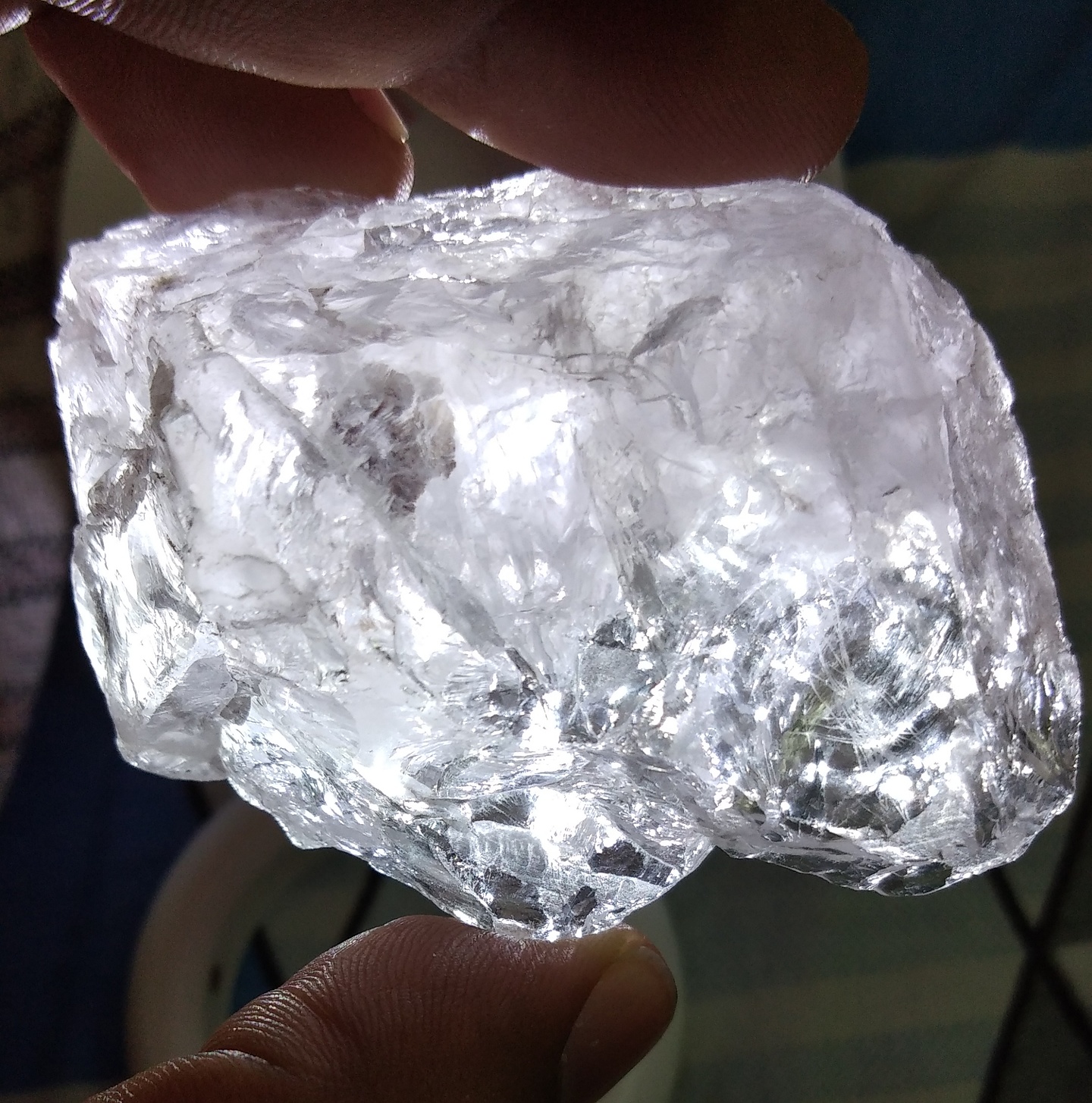Home PageAbout MindatThe Mindat ManualHistory of MindatCopyright StatusWho We AreContact UsAdvertise on Mindat
Donate to MindatCorporate SponsorshipSponsor a PageSponsored PagesMindat AdvertisersAdvertise on Mindat
Learning CenterWhat is a mineral?The most common minerals on earthInformation for EducatorsMindat ArticlesThe ElementsThe Rock H. Currier Digital LibraryGeologic Time
Minerals by PropertiesMinerals by ChemistryAdvanced Locality SearchRandom MineralRandom LocalitySearch by minIDLocalities Near MeSearch ArticlesSearch GlossaryMore Search Options
The Mindat ManualAdd a New PhotoRate PhotosLocality Edit ReportCoordinate Completion ReportAdd Glossary Item
Mining CompaniesStatisticsUsersMineral MuseumsClubs & OrganizationsMineral Shows & EventsThe Mindat DirectoryDevice SettingsThe Mineral Quiz
Photo SearchPhoto GalleriesSearch by ColorNew Photos TodayNew Photos YesterdayMembers' Photo GalleriesPast Photo of the Day GalleryPhotography
╳Discussions
💬 Home🔎 Search📅 LatestGroups
EducationOpen discussion area.Fakes & FraudsOpen discussion area.Field CollectingOpen discussion area.FossilsOpen discussion area.Gems and GemologyOpen discussion area.GeneralOpen discussion area.How to ContributeOpen discussion area.Identity HelpOpen discussion area.Improving Mindat.orgOpen discussion area.LocalitiesOpen discussion area.Lost and Stolen SpecimensOpen discussion area.MarketplaceOpen discussion area.MeteoritesOpen discussion area.Mindat ProductsOpen discussion area.Mineral ExchangesOpen discussion area.Mineral PhotographyOpen discussion area.Mineral ShowsOpen discussion area.Mineralogical ClassificationOpen discussion area.Mineralogy CourseOpen discussion area.MineralsOpen discussion area.Minerals and MuseumsOpen discussion area.PhotosOpen discussion area.Techniques for CollectorsOpen discussion area.The Rock H. Currier Digital LibraryOpen discussion area.UV MineralsOpen discussion area.Recent Images in Discussions
Identity HelpIdentify this crystal please!

10th Oct 2018 19:10 UTCGospel In
This crystal has a shiny surface. S. g is about 2.70. To determine the hardness I grinded this crystal against silicon carbide stone (9.5 hardness) in which both the crystal as wellas silicon carbide stone got abraded. So I take, the hardness would be around 9. A quartz could not scratch it. Good fluorescence under uv light. Indian origin.

10th Oct 2018 20:56 UTCKevin Conroy Manager
10th Oct 2018 21:40 UTCReiner Mielke Expert

11th Oct 2018 03:26 UTCGospel In

11th Oct 2018 05:26 UTCDoug Daniels

11th Oct 2018 06:00 UTCGospel In

11th Oct 2018 08:47 UTCErik Vercammen Expert
11th Oct 2018 10:06 UTCOlav Revheim Manager
Olav
11th Oct 2018 13:03 UTCReiner Mielke Expert
11th Oct 2018 14:15 UTCEdgars Endzelins

11th Oct 2018 15:01 UTCGospel In

11th Oct 2018 15:50 UTCSusan Robinson

11th Oct 2018 16:35 UTCScott Rider
But, my first impression was phenacite. But the SG was too low for that, assuming it was calculated correctly... So I am sticking with quartz. And from experience, hardness is very unreliable factor, mainly because many people do not do the tests correctly.
11th Oct 2018 16:42 UTCReiner Mielke Expert

11th Oct 2018 17:35 UTCGospel In
12th Oct 2018 00:13 UTCReiner Mielke Expert

12th Oct 2018 01:54 UTCGospel In
12th Oct 2018 02:02 UTCReiner Mielke Expert

12th Oct 2018 02:17 UTCGospel In
12th Oct 2018 12:35 UTCReiner Mielke Expert

12th Oct 2018 18:27 UTCGospel In
12th Oct 2018 18:53 UTCScott Rider
Indian miners and dealers are notorious for not putting exact locations on the specimens they find, whether it is to hide the locality or maybe they just don't know it came from. There is a LOT of land in the Himalaya's that could produce this type of gemmy crystal...

13th Oct 2018 03:22 UTCGospel In

13th Oct 2018 04:00 UTCDoug Daniels

13th Oct 2018 05:17 UTCGospel In

13th Oct 2018 12:46 UTCGospel In
13th Oct 2018 15:58 UTCReiner Mielke Expert
15th Oct 2018 16:11 UTCScott Rider

15th Oct 2018 18:07 UTCGospel In

18th Oct 2018 05:32 UTCGospel In

18th Oct 2018 14:16 UTCWayne Corwin


19th Oct 2018 17:26 UTCDonald B Peck Expert

19th Oct 2018 17:59 UTCGospel In




Mindat.org is an outreach project of the Hudson Institute of Mineralogy, a 501(c)(3) not-for-profit organization.
Copyright © mindat.org and the Hudson Institute of Mineralogy 1993-2024, except where stated. Most political location boundaries are © OpenStreetMap contributors. Mindat.org relies on the contributions of thousands of members and supporters. Founded in 2000 by Jolyon Ralph.
Privacy Policy - Terms & Conditions - Contact Us / DMCA issues - Report a bug/vulnerability Current server date and time: April 25, 2024 20:16:08
Copyright © mindat.org and the Hudson Institute of Mineralogy 1993-2024, except where stated. Most political location boundaries are © OpenStreetMap contributors. Mindat.org relies on the contributions of thousands of members and supporters. Founded in 2000 by Jolyon Ralph.
Privacy Policy - Terms & Conditions - Contact Us / DMCA issues - Report a bug/vulnerability Current server date and time: April 25, 2024 20:16:08


















